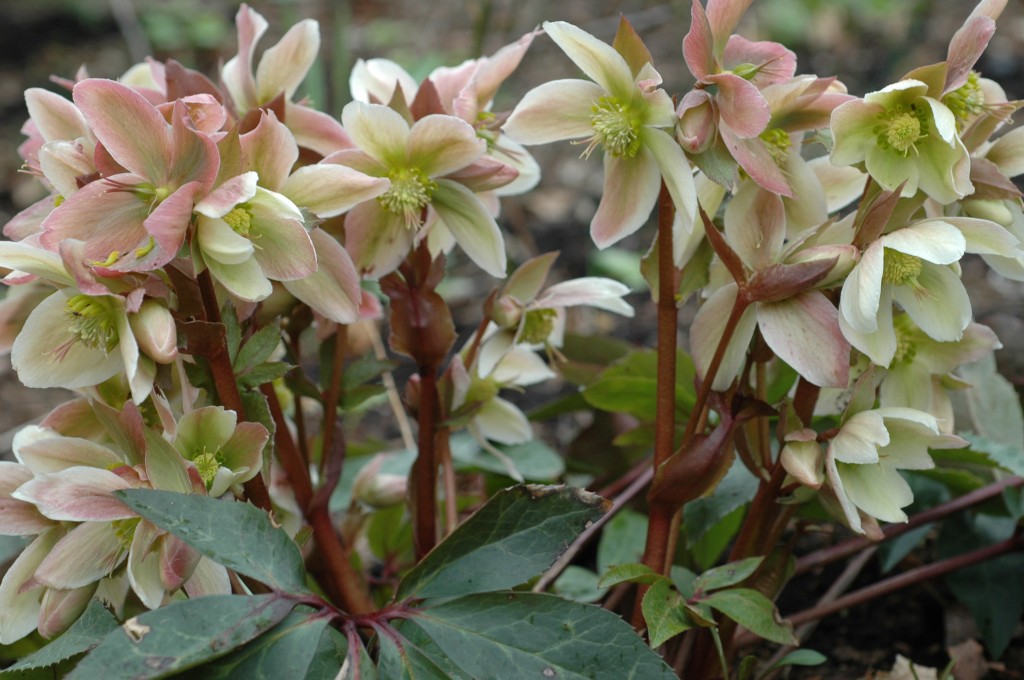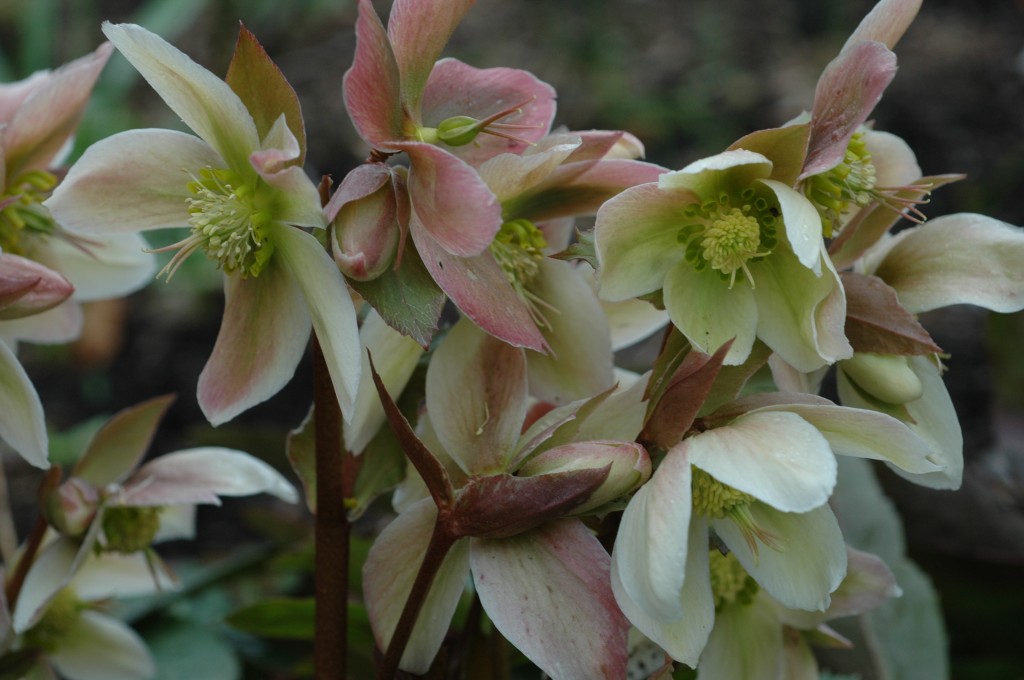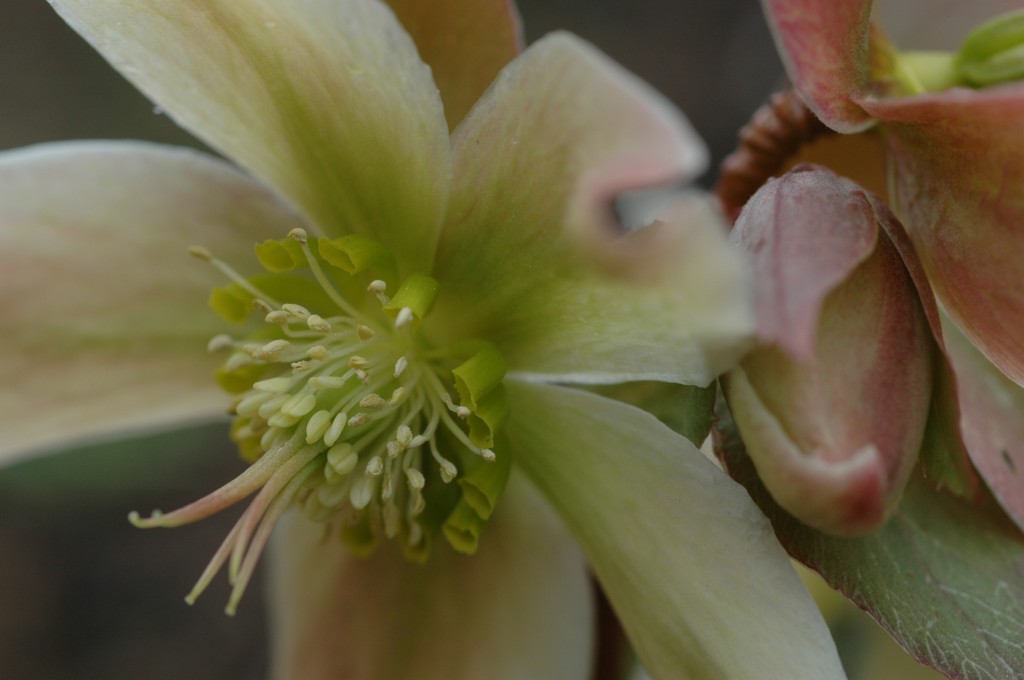 In spring, pretty much the whole town steps out to promenade. This isn’t a huge crowd — we’re a tiny town. But without the burden of lawn mowing (yet), everyone takes a walk. And the only place to safely accomplish that feat in a town seemingly allergic to sidewalks is the straightaway in front of my house.
In spring, pretty much the whole town steps out to promenade. This isn’t a huge crowd — we’re a tiny town. But without the burden of lawn mowing (yet), everyone takes a walk. And the only place to safely accomplish that feat in a town seemingly allergic to sidewalks is the straightaway in front of my house.
So I get my fair share of foot traffic. Generally, foot traffic is confined to people on a mission (joggers, dog walkers and baby carriages), but even the farmers indulge on particularly pristine days (but when the conditions are apparently too muddy to venture into the fields — this is a hard-working lot). We have some fairly savvy farmers in town. They definitely know their way around tomatoes and could tell me a thing or two about eggplants. But hellebores took them by surprise. They were prodded to walk down the driveway and pull me out of the crotches of spiraeas (if anyone has a faster method of getting last autumn’s leaves out of the spiraeas, I’m all ears) to register their disbelief. For sure, hellebores do seem fairly unlikely. They are bigger, faster, and more equipped with bells and whistles than most spring fare. Before anything else gathers momentum (or courage) to come forth — prior to the primroses by a long shot and nose-to-nose alongside the snowdrops — my ‘Candy Love’ rushes into bloom. Don’t you love a precocious flower?
 Right about now, you’re up to your eyeballs in hellebores. I bet hellebores have been accosting you from all sides. They are the new Easter plant and I applaud that switch to something realistic and benign (compared to Calceolaria, for example, that invariably infects the houseplants with white flies). You’re sated with hellebores, but I just wanted to call ‘Candy Love’ to your attention. Because it “reads” in a garden. My farmer neighbors never would have noticed the darker hellebores on the other side of the drive from a distance. ‘Candy Love’ can be seen from the street. In a good way.
Right about now, you’re up to your eyeballs in hellebores. I bet hellebores have been accosting you from all sides. They are the new Easter plant and I applaud that switch to something realistic and benign (compared to Calceolaria, for example, that invariably infects the houseplants with white flies). You’re sated with hellebores, but I just wanted to call ‘Candy Love’ to your attention. Because it “reads” in a garden. My farmer neighbors never would have noticed the darker hellebores on the other side of the drive from a distance. ‘Candy Love’ can be seen from the street. In a good way.
Compared to some of the other spring fare (I’m thinking ‘King Alfred’ daffodils and forsythias), ‘Candy Love’ is fairly toned down on the color spectrum. It’s discrete. Makes the blazing yellow competition look like a parade of tricked out tarts, really. And it’s tidy, it displays its blossoms in a nice, tight bouquet and the foliage always looks so good that I hate to cut it back. (Most experts advocate for chopping back the foliage in spring. But I ask you — check out these photos, don’t the leaves add to the package?) And have you ever wondered — what are all those ants about? Ever check out a flower close-up?
 Who knows why I was the last holdout on hellebores. I think it had something to do with the deer. Hellebores are supposedly not on a deer’s menu. But at one point, there was a little tug-of-war in which I planted hellebores and the deer (or something) ripped them out (and dragged them around the yard — geez) time after time. I figured they were registering their disgust for anyone with the audacity to plant something that isn’t an hors d’oeuvre. Has anyone else experienced this little act of civil disobedience?
Who knows why I was the last holdout on hellebores. I think it had something to do with the deer. Hellebores are supposedly not on a deer’s menu. But at one point, there was a little tug-of-war in which I planted hellebores and the deer (or something) ripped them out (and dragged them around the yard — geez) time after time. I figured they were registering their disgust for anyone with the audacity to plant something that isn’t an hors d’oeuvre. Has anyone else experienced this little act of civil disobedience?
Apparently, the deer (or whatever) have issued a truce. The hellebores have been allowed to stay (thank you, Powers that Be). And I’ve been planting all types. But not only is ‘Candy Love’ the most succinct, flower-dense package, it also reads from afar for maximum impact when you can’t really get into the garden. Compared to the itty bitty tidbit bulbs that open first, it’s upscale in size. All this said, I wish that I could suggest a knock-out perennial partnership. The hellebores began their show on an empty stage. But now, Corydalis solida ‘Beth Evans’ (Lisa — is this the corydalis you have blooming in your garden?) from Brent & Becky’s Bulbs (www.brentandbeckysbulbs.com) and pulmonaria are joining in the act. Still, it’s the ‘Candy Love’ that’s stealing the show. The first show-off of the year is always the most memorable. Don’t you think?

